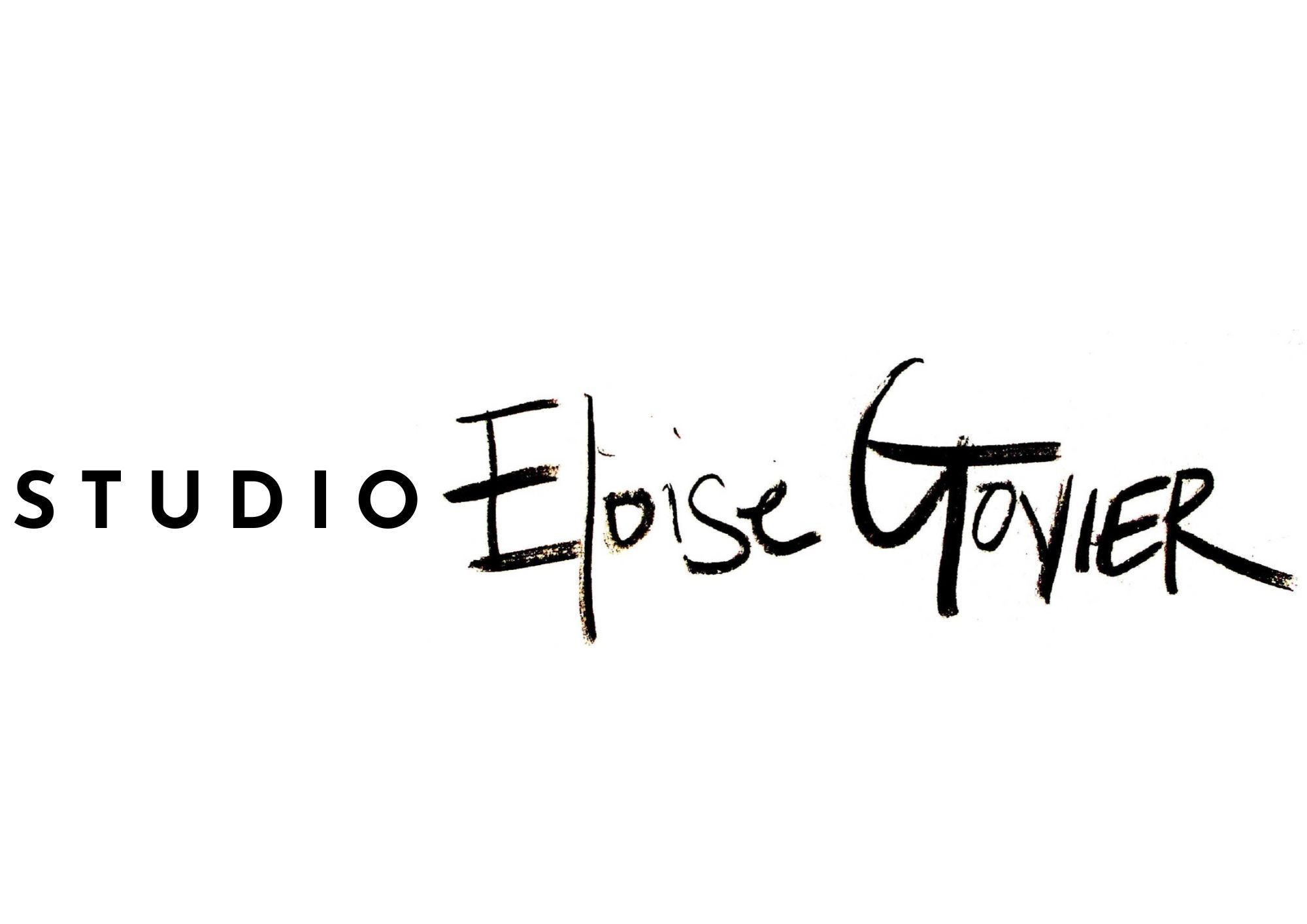Conference: RAI2018: Art, Materiality and Representation conference
Panel Title: Art and Material Culture in Prehistoric Europe
Convenors: John Robb (University of Cambridge) and Chris Gosden (University of Oxford)
Paper Title: Socio-Creativity and the Neolithic
Paper Short abstract:
What role did creative practice play in social life at the Neolithic tell Çatalhöyük, and what evidence is there to suggest that making informed the maintenance of the 'social bond'?
Paper Long abstract:
What role did creative practice play in social life at the Neolithic tell Çatalhöyük, and what evidence is there to suggest that making informed the maintenance of the 'social bond'? Socio-creativity is an undeveloped but important area of research for archaeological approaches to the Neolithic, and offers a unique opportunity to consider both individual and community dynamics, tensions and changing social values from the residues of material interactions. Utilising the work of Bennett (2010a), Barad (2003, 2007, 2012), and Gell (1998) I formulate a critically-informed but practically embedded methodology that finds material "phenomena" (Barad 2003) at the settlement. Çatalhöyük offers a particularly unique example of social organisation as it is believed to have been an egalitarian settlement (Hodder 2014a,c). Furthermore, the material culture provides us with a rich dataset that contains the traces of highly creative and materially-engaged individuals who routinely made and r e-made things, such as sun-baked clay figurines, basketry, and beads. I focus on Neolithic interactions with colourful or brilliant materials, substances, and spaces, and explore how these material interactions, as phenomena, reveal certain sensorial dynamics in-action at the Neolithic town. I outline how creative practices can create certain sensory dispositions - ways of seeing, feeling and doing - and I argue that the senses can be profiled during making events (cf. Howes and Classen 1991).
